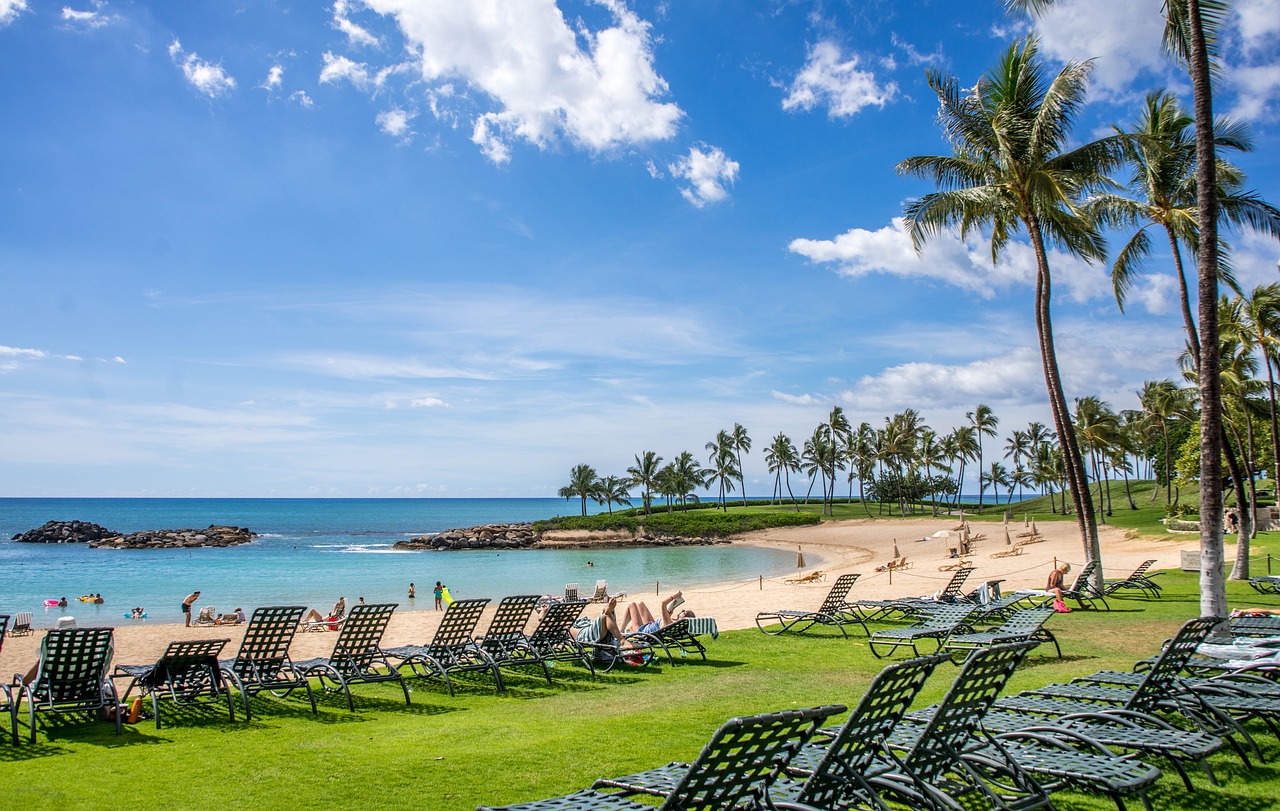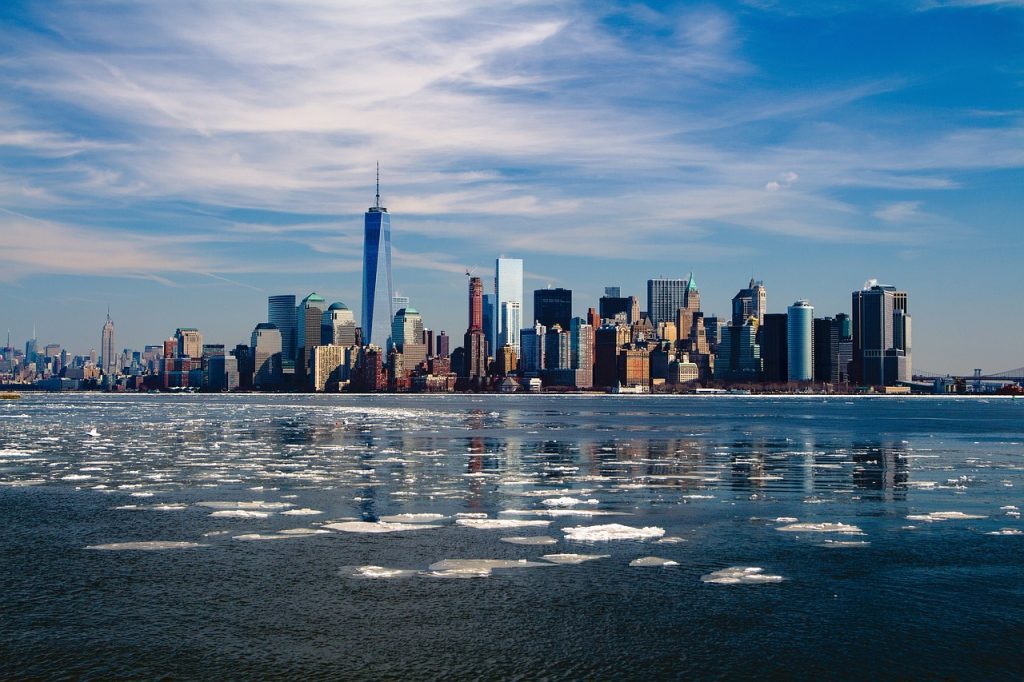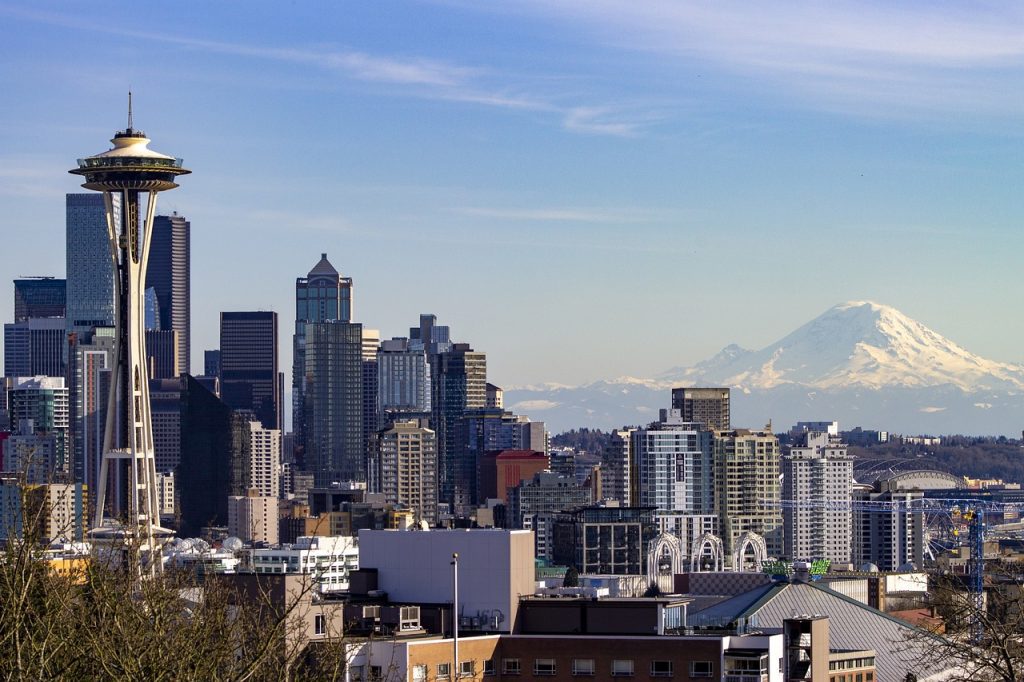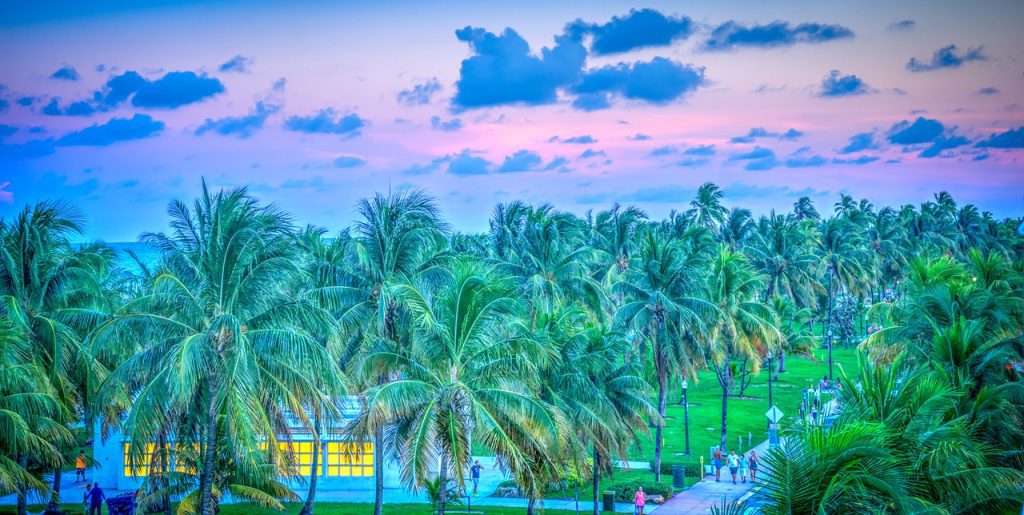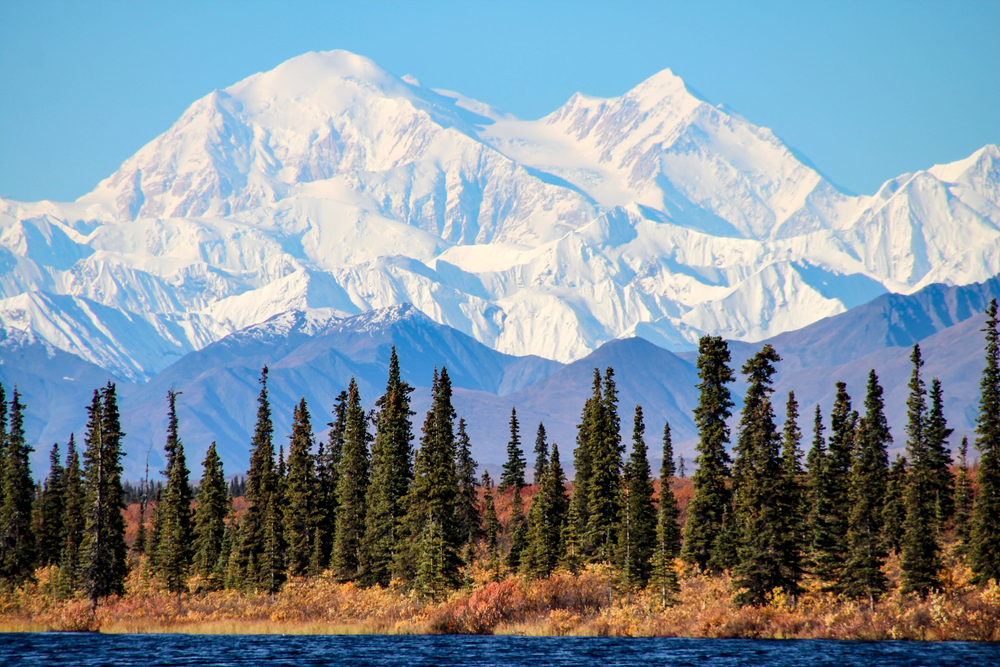Hawaii is one of the most coveted tropical destinations in the world. Each island has its own unique natural beauty and amazing Hawaiian charm. Hawaii has pristine beaches, majestic mountains, and glorious waterfalls. The tropical paradise is accompanied with an exquisite Hawaiian culture. Knowing when is the best time to visit Hawaii and experience all it has to offer is a frequently asked question.
Hawaii is a dream destination and a bucket list item for many travelers. Let’s explore the ideal times to visit Hawaii, considering weather conditions, crowds, and budget-friendly options. The goal is to help ensure you make the most of your Hawaiian adventure.
Best Time to Visit Hawaii based on the Weather
Hawaii’s climate remains inviting year-round, but distinct seasons offer varied experiences. There are reasons to go any time of the year. Here are weather insights and things to consider based on the climate patterns:
- Summer (June – August): Summer is the most popular time to visit Hawaii. It offers warmer temperatures between 80°F to 90°F (27°C to 32°C). You should expect plenty of sunshine, making it perfect for beachgoers and outdoor enthusiasts.
- Fall (September – November): Fall in Hawaii is a hidden gem. The weather remains warm, and the tourist crowds start to thin out. It’s an excellent time for hiking, snorkeling, and enjoying the islands’ natural beauty.
- Winter (December – February): Winter in Hawaii boasts pleasant temperatures around 75°F (24°C). While the water may be cooler for swimming, it’s an ideal time for whale-watching on Maui and the Big Island.
- Spring (March – May): Spring offers mild weather and blooming flora. It’s perfect for exploring the lush landscapes and enjoying fewer crowds before the summer rush.
Best Time to Visit Hawaii based on Crowds and Prices
- Fall (September – November): Fall is considered one of the best times to visit Hawaii due to lower accommodation prices and fewer tourists. You’ll experience the islands in a more tranquil setting.
- Spring (March – May): Similar to fall, spring provides an opportunity for a more relaxed Hawaiian experience. Prices tend to be more budget-friendly, and the islands are less crowded.
Any Months to Avoid for Visiting Hawaii
Visitors travel to Hawaii year-round. There are things that can impact your vacation. These are things you want to think about as you plan your Hawaiian adventure.
- Hurricane Season (June – November): While hurricanes are relatively rare, the risk increases during these months. It’s essential to monitor weather updates and travel advisories if visiting during this period.
- Golden Week (Late April – Early May): Avoid traveling during Japan’s Golden Week, typically occurring in late April to early May. Japanese tourists flock to Hawaii during this time, leading to crowded beaches and higher prices.
Most Popular Months for Weddings and Honeymoons in Hawaii
- June: June is a popular month for weddings and honeymoons in Hawaii. Couples often choose this month for its pleasant weather and long daylight hours. If you are newly married, this can be a great time if you want to be around like-minded people. It might be a time you want to avoid because of the abundance of honeymooners.
- December: December is another sought-after month for romantic getaways, with holiday decorations adding to the charm.
Discovering Hawaii’s Cultural Experiences
Hawaii and its residence offer a unique cultural experience compared to the rest of the United States. Their Polynesian flare represents some of the Hawaiian cultural experiences. Here is a quick look at 10 popular cultural events across the islands:
- Merrie Monarch Festival (Hilo, Hawaii): This event celebrates hula and and the Hawaiian culture. It is a week-long event in April. The festival showcases graceful hula performances, art exhibits, and a vibrant parade, culminating in the crowning of the “Miss Aloha Hula.”
- Aloha Festivals (Various Islands): The Aloha Festivals celebrate Hawaii’s traditions with a series of events, including street parties, concerts, and the colorful floral parade in Honolulu. This festival occurs during the month of September.
- Hawaii Food & Wine Festival (Various Islands): Foodies unite in October for this culinary extravaganza. The festival features gourmet meals prepared by renowned chefs, wine tastings, and cooking demonstrations.
- Honolulu Festival (Oahu): This festival highlights a cultural exchange between Hawaii and Asia. It features captivating performances, a grand parade, and craft fairs.
- Ukulele Festival Hawaii (Oahu): Every July, the Ukulele Festival gathers musicians from around the world to celebrate this iconic Hawaiian instrument with free concerts and workshops.
- Molokai Ka Hula Piko (Molokai): This festival is celebrated on Molokai in May. It honors the birth of hula on the island with traditional hula performances, music, and storytelling.
- Hawaiian Slack Key Guitar Festival (Various Islands): These festivals pay tribute to the unique art of slack key guitar playing, showcasing talented musicians and their soulful melodies. They occur at different times on different islands throughout the year.
- Hawaii International Film Festival (Oahu): Film enthusiasts flock to this festival in November to enjoy international and local films. Many of the films focus on Hawaiian culture and heritage.
- Aloha Week Floral Parade (Oahu): The floral parade in September dazzles spectators with intricate, flower-covered floats and traditional pageantry.
- Hawaii International Polo Association (Various Islands): Polo enthusiasts gather for thrilling matches held from April to September across Hawaii, offering a glimpse into the world of this elegant sport.
These cultural experiences showcase the rich and diverse heritage of the Hawaiian Islands. They represent an excellent way to provide travelers with an authentic Hawaiian experience.
Discovering Hawaii’s Nature and Wildlife Experiences
Hawaii offers several nature and wildlife experiences that are season-specific due to the unique natural phenomena and the migratory patterns of marine life. Here are a few notable examples:
- Humpback Whale Watching (December to April): Hawaii is a renowned destination for humpback whale watching. These majestic creatures migrate from Alaska to Hawaiian waters during the winter months to give birth and nurse their calves. You can embark on whale-watching tours from December to April to witness their acrobatic displays.
- Sea Turtle Nesting (May to October): Hawaii is home to several species of sea turtles, including the endangered green sea turtle, or honu. During the summer months, female turtles come ashore to lay their eggs. On some islands like Oahu, you can join guided tours to witness this nesting phenomenon.
- Molokini Crater Snorkeling (Summer and Early Fall): Molokini Crater, a partially submerged volcanic crater off Maui’s coast, offers some of Hawaii’s best snorkeling opportunities. The water is clearest during the summer and early fall, providing excellent visibility for observing the vibrant marine life and coral reefs.
- Na Pali Coast Hiking (Late Spring to Early Fall): The rugged and stunning Na Pali Coast on Kauai is a hiker’s paradise. While the trails are open year-round, the best time to tackle them is from late spring to early fall when the weather is more stable, and trails are less likely to be muddy or slippery.
- Albatross Chick Watching (November to July): The Midway Atoll is a remote atoll in the Northwestern Hawaiian Islands. It hosts the world’s largest albatross colony. From November to July, you can witness the remarkable sight of fluffy albatross chicks taking their first flights.
These seasonal nature and wildlife experiences offer a unique glimpse into the diverse ecosystems and natural wonders of Hawaii. Be sure to plan your visit accordingly to make the most of these incredible opportunities.
Tips and Suggestions for Getting the Best Hawaiian Deals

- Book in Advance: To secure the best deals on accommodations and flights, book your Hawaiian vacation well in advance. This is especially true if you are planning to visit during the peak season.
- Travel During Shoulder Seasons: Consider traveling in the fall or spring for budget-friendly options and a more peaceful experience.
- Package Deals: Look for package deals that combine flights, accommodations, and activities, offering potential savings and added convenience.
Summary
Determining the best time to visit Hawaii hinges on your priorities and preferences. For ideal weather and abundant outdoor activities, summer is your go-to option. Fall and spring offer a quieter and more budget-conscious Hawaiian experience.
While winter brings pleasant temperatures, it’s the prime time for whale-watching. Be mindful of cipf-es.org hurricane season and Japan’s Golden Week, and consider booking in advance or exploring package deals to make the most of your Hawaiian getaway. Hawaii’s beauty awaits year-round, and with this guide, you’ll be well-prepared for your island adventure.
Photo Credits:
Image by Michelle Raponi from Pixabay
Image by hmmunoz512 from Pixabay

